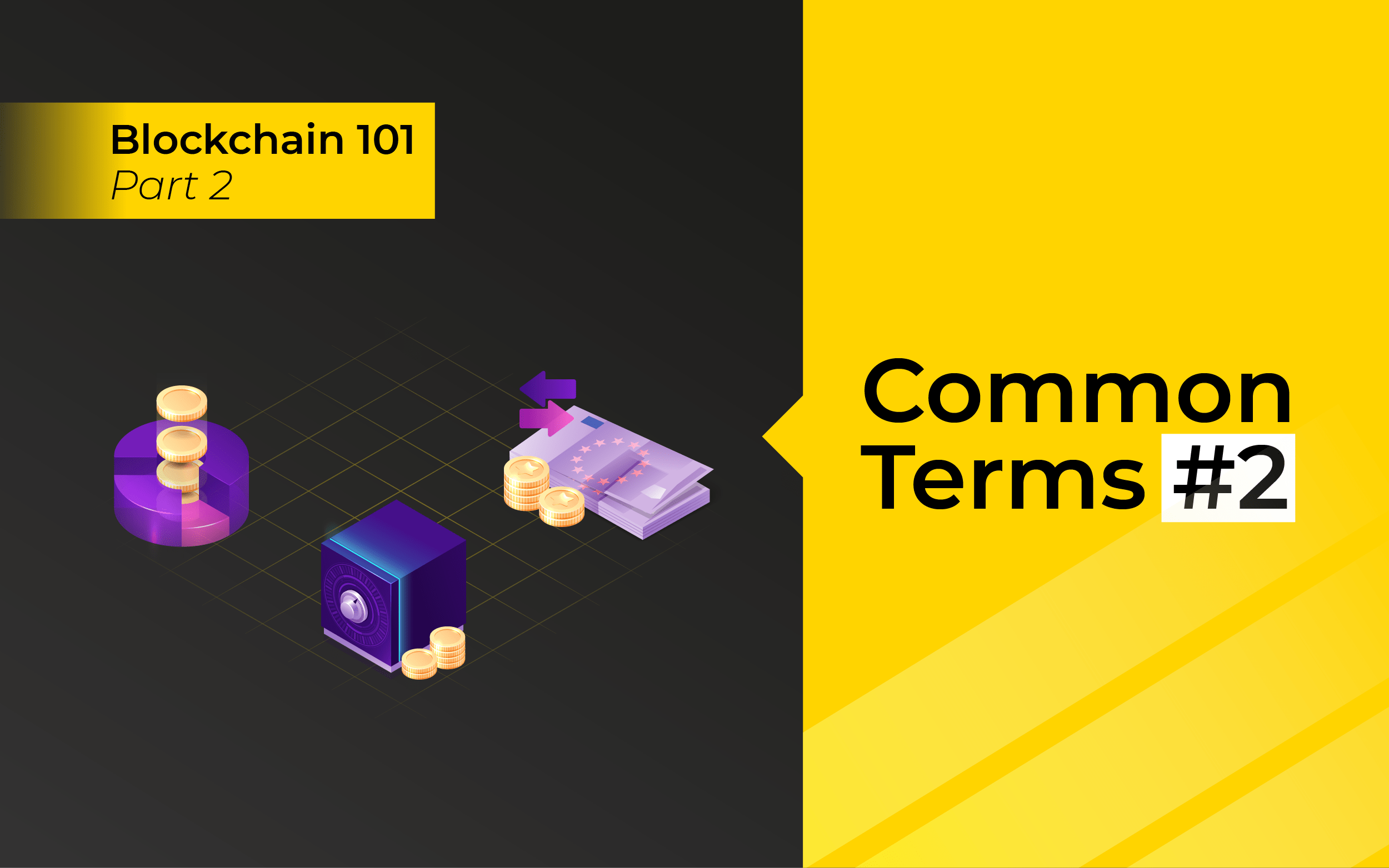Blockchain 101 is meant for anyone who has an interest in blockchain technology or cryptocurrency. We hope our readers can take the first step on studying the basic terms revolving around this field after reading Part 1. Today, let’s expand our knowledge with more interesting words in Part 2 of this series.
1. Liquidity
Liquidity refers to how easily an asset can be bought or sold at a stable price on a given market— and whether this can be achieved without the asset’s value suffering. The quicker you can sell off an asset as close to your asking price as possible, the more liquid an exchange is considered to be.
Bitcoin, the world’s first and most actively traded digital asset, is often recognized as being the most liquid virtual currency.
Liquidity can also be used when weighing up which exchanges enable trades between fiat and crypto to be completed instantly and without price slippage. The levels of liquidity will often depend on how many users that particular platform has.
Liquidity providers are investors who fund a liquidity pool with crypto assets they own to facilitate trading on the platform and earn passive income (in form of transaction fees) on their deposit. These transaction fees are often denominated in interest rates, and the interest varies based on the amount of liquidity available and the number of transactions in the liquidity pool.
2. Farming
Yield farming is the practice of staking or lending crypto assets in order to generate high returns or rewards in the form of additional cryptocurrency. The returns are expressed as an annual percentage yield (APY).
The most common form of yield farming is providing liquidity to assets to receive incentives. Liquidity Providers (LPs) provide liquidity to a pair of tokens by staking equal values of each into the corresponding liquidity pool. They will receive LP tokens as proof of the liquidity provided. LPs will share the transaction fee from each trading transaction performed between the pair in the pool. They can also stake the LP tokens in farming pools to receive extra rewarding tokens. As more investors add funds to the related liquidity pool, the value of the issued returns decrease accordingly. Farming pools are often seen on DeFi protocol such as Pancake Swap, Uniswap, and LiveTrade DApp.
Lending is another form of yield farming. In which, users who stake a token to the pool allow others to borrow their tokens. In exchange, they will receive an interest rate that can be deemed as a saving interest rate. This is relatively similar to depositing your money into banks for interest. The difference is that most lending platforms allow non-term lending, by which you can easily withdraw your assets at all times. Compound and Aave are the most famous in terms of lending.
3. Staking
Staking cryptocurrencies is a process that involves buying and setting aside a certain amount of tokens. By simply holding these coins, the buyer becomes an important piece in the network’s security infrastructure and is compensated accordingly.
Staking income is offered in the form of interest paid to the holder, while rates vary from one network to the others depending on several factors including supply and demand dynamics. In most cases, the higher the number of staked amounts, the higher interest the holder can enjoy.
On the other hand, users can stake tokens for a certain period – known as fixed staking. The users may also enjoy a more flexible scheme in which they can withdraw their tokens at any given point – known as flexible staking. The rigid nature of fixed staking results in higher interest rates offered to the holder, while flexible staking tends to offer less attractive terms.
Crypto staking has grown in popularity lately due to the attractive rewards crypto holders receive from this activity. The interest rates offered by staking can go from 6% per year offered by well-reputed networks like Ethereum (ETH) and Cardano (ADA) to as much as 100% offered by smaller networks, for example, PancakeSwap (CAKE) and Kava (KAVA).




